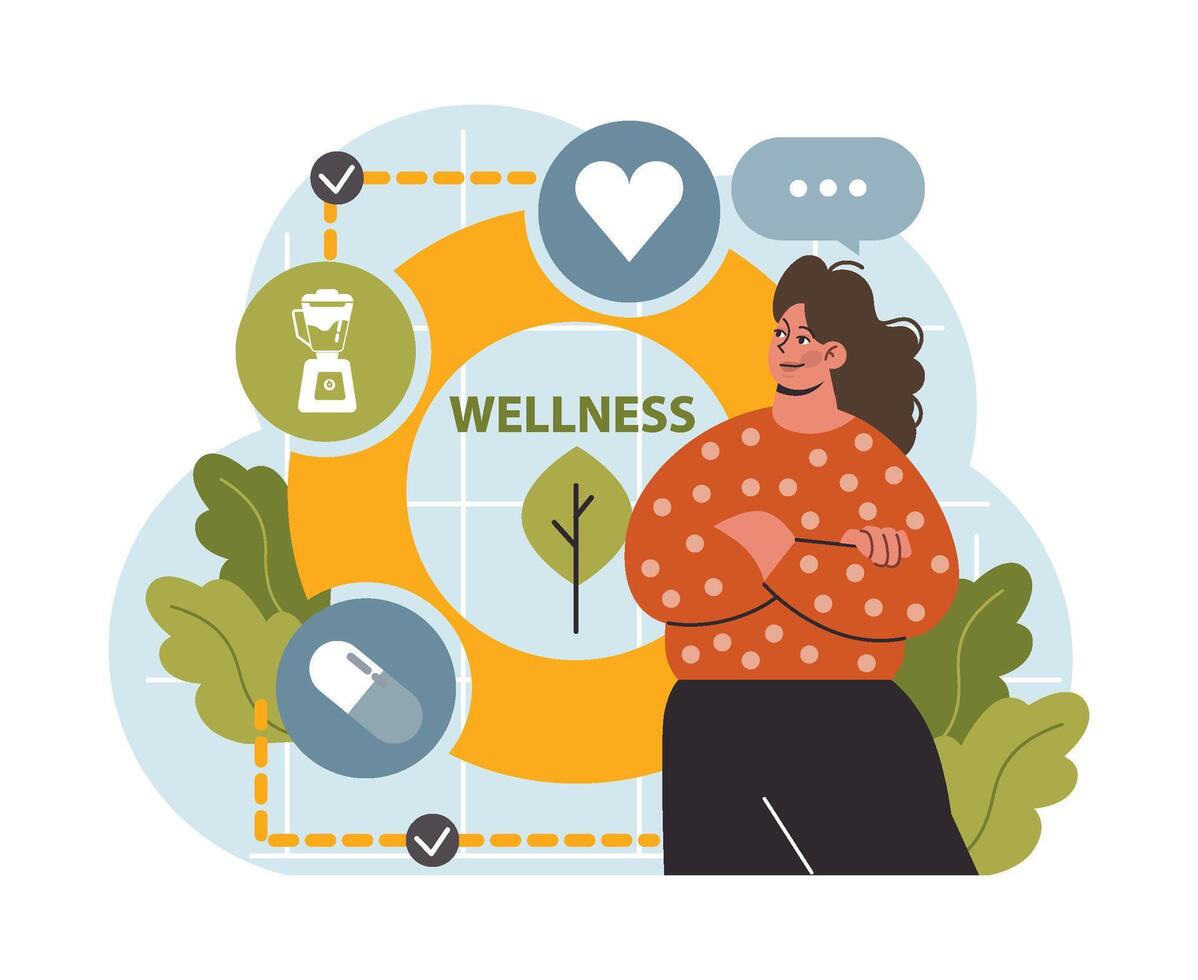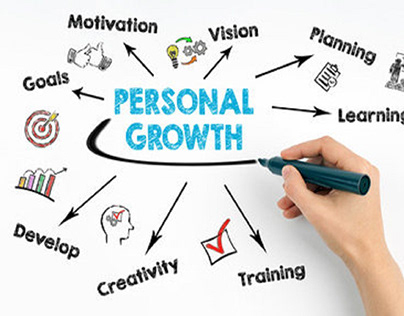Manifesting plenty in every part of life means attracting what you want by focusing your thoughts and actions. The key to manifesting abundance is setting clear goals and believing that you can achieve them. This approach helps a person create opportunities and develop the right mindset to welcome success and happiness.
When someone learns to keep their thoughts positive and their intentions strong, they open themselves to more possibilities. Manifesting isn’t about wishful thinking; it requires steady effort and a clear direction. It can improve areas like money, relationships, health, and more.
By practicing simple, consistent steps, anyone can begin to see changes in their life. The process involves understanding what they want, staying focused, and being patient while working toward those goals.
Key Takeaways
- Clear and focused intentions guide the manifestation process.
- A positive mindset supports attracting what is desired.
- Consistent effort and patience are essential for success.
Understanding Manifestation
Manifestation involves focusing thoughts and actions to bring specific outcomes into life. It connects beliefs, emotions, and behaviors with real changes in various life areas like health, money, and relationships.
Defining Manifestation and Abundance
Manifestation means turning ideas and goals into reality through clear focus and intention. It is not about wishful thinking, but acting with purpose toward those goals.
Abundance means having enough or more than enough of what is desired. It can be money, love, happiness, or opportunities. Manifestation helps people attract this abundance by aligning their mindset and actions.
The Science and Psychology Behind Manifestation
Manifestation works partly through the brain’s focus and motivation systems. When people concentrate on goals, they notice more relevant opportunities and solve problems better.
Positive thinking can improve confidence and reduce stress, which supports making better decisions and taking effective action. This is why mindset and attitude matter when manifesting.
However, results still require effort and real steps. The brain’s focus alone does not create success without follow-through.
Common Myths About Manifestation
Many believe manifestation is just magic or luck. This is false. Manifestation needs clear goals and consistent work.
Another myth is that thinking positively alone will bring success. Positive thoughts help, but action is essential.
Some think manifestation means controlling everything. In reality, some events are outside anyone’s control. Manifestation is about influencing what can be changed, not guaranteeing exact outcomes.
Setting Clear Intentions
To manifest plenty, a person needs to be specific about what they want. This includes knowing their true desires, using positive statements to reinforce goals, and imagining the results clearly.
Identifying Core Desires
The first step is to understand what matters most. People should ask themselves what they truly want in different life areas, like health, money, relationships, or personal growth.
They can write down these desires, focusing on positive outcomes instead of what they want to avoid. For example, instead of saying “I don’t want to be in debt,” they might say “I want financial freedom.” Clear and honest desires guide focused energy toward attracting those goals.
Crafting Powerful Affirmations
Affirmations are short, positive statements that support one’s intentions. They should be specific, present tense, and believable for the person using them.
Examples include:
- “I am attracting success every day.”
- “I enjoy healthy and strong relationships.”
- “Money flows to me easily.”
Repeating these often helps build a positive mindset. The key is to avoid doubts when saying them and to feel confident in the words.
Visualizing Desired Outcomes
Visualization means imagining the end result as if it is already true. This practice makes the goal feel real and achievable.
Using all senses helps, such as seeing, hearing, and feeling the success. For instance, a person wanting a new job might picture themselves working there, hearing coworkers, and feeling happy.
This mental picture strengthens belief and motivates actions that support the intention. Visualization should be done regularly for best effect.
Cultivating a Positive Mindset
A strong mindset is key to creating abundance in life. It involves changing how a person thinks, feels, and reacts. This helps attract more opportunities and success.
Shifting Limiting Beliefs
Limiting beliefs are thoughts that block a person from reaching their potential. These might include ideas like “I don’t deserve success” or “Money is hard to get.” To shift these beliefs, it helps to first write them down and then question if they are really true.
Replacing negative thoughts with positive ones is important. Affirmations like “I am worthy of abundance” can be repeated daily. Over time, this changes the way the brain works and opens up new possibilities.
Emotional Alignment With Abundance
Feeling good about what one wants is crucial to attracting it. If a person feels doubt or fear, they often push abundance away without realizing it. Learning to notice these feelings is the first step.
Practicing visualization can help. A person imagines living with the abundance they want and tries to feel the happiness and calm that come with it. This emotional alignment sends a clear message to the brain and encourages positive action.
The Power of Gratitude Practices
Gratitude shifts focus from what is missing to what is already present. Writing down three things to be thankful for each day can change how someone sees their life. This simple habit helps the mind notice more positive things.
Gratitude also increases resilience. When challenges come, people who practice gratitude tend to cope better. They see obstacles as temporary, which keeps their mindset positive and open to new chances for growth.
Manifesting Abundance in Your Finances
To increase financial abundance, it’s important to shift mindset, set clear goals, and then take practical steps toward those goals. These actions work together to create a stronger foundation for financial growth and security.
Building a Wealth-Focused Attitude
A wealth-focused attitude starts with believing that financial success is possible. It means letting go of negative thoughts about money and replacing them with positive and realistic beliefs.
They should practice gratitude for what they already have. This helps to create a mindset that is open to new opportunities.
Daily affirmations like “I attract money easily” can help reinforce this attitude. It also helps to surround themselves with people who think positively about money.
Creating Financial Goals With Clarity
Clear goals make it easier to focus energy on what matters. A financial goal should be specific, measurable, and time-bound.
For example, instead of saying “I want more money,” they could say, “I want to save $5,000 in six months.”
Writing down goals helps hold them accountable. Breaking goals into smaller steps makes them less overwhelming.
Tracking progress weekly or monthly keeps motivation high and allows for adjustments when needed.
Taking Inspired Action Toward Prosperity
Taking inspired action means acting with intention and confidence, not just hoping things will happen. This includes looking for opportunities that align with their goals.
It might mean learning new skills, asking for a raise, or starting a side project. Consistency is key — regular small steps create momentum.
They should also stay open to unexpected chances, even if they seem outside their comfort zone.
Keeping a balance between planning and flexibility often brings the best results.
Manifesting Fulfilling Relationships
Creating fulfilling relationships takes clear focus on how to meet the right people, value oneself, and break harmful patterns. Each step involves practical actions and mindset shifts that help build strong, loving connections.
Attracting Supportive Connections
To attract supportive people, one must first be clear about the qualities they want in a friend or partner. Writing down traits like kindness, honesty, and respect helps focus on what truly matters.
Next, putting effort into social activities that match these values increases chances of meeting like-minded individuals. Joining clubs, attending workshops, or volunteering are good options.
It also helps to practice openness and active listening during conversations. Showing genuine interest builds trust and encourages deeper bonds. Avoid rushing connections; strong relationships grow slowly and require patience.
Strengthening Self-Love and Worthiness
Feeling worthy of love is a key step in attracting good relationships. This begins with positive self-talk and recognizing one’s strengths every day.
Setting boundaries is also important. Saying no to things that feel wrong protects emotional health and teaches others how to treat you.
Regular self-care, like exercise, hobbies, or quiet time, helps build confidence. When people value themselves, they naturally attract others who will value them too.
Releasing Toxic Relationship Patterns
Noticing harmful behaviors in past or current relationships is necessary to stop repeating them. Patterns like ignoring red flags, staying despite disrespect, or needing others to feel okay can block healthy love.
Writing down these patterns and the feelings tied to them can help understand why they happen. Seeking support from a counselor or trusted friend also aids in healing.
Letting go means choosing forgiveness but not forgetting the lesson. It frees energy and space to invite relationships based on respect and kindness.
Manifesting Health and Well-Being
Good health comes from taking care of the body, mind, and emotions. Focusing on daily habits, emotional balance, and clear thinking supports overall well-being.
Prioritizing Physical Wellness
Physical health is the base for manifesting well-being. Eating balanced meals with vegetables, lean proteins, and whole grains fuels the body. Drinking enough water helps maintain energy and keeps the body working properly.
Regular exercise strengthens muscles, improves heart health, and boosts mood. Even 20-30 minutes of walking daily makes a difference. Sleep is also vital; adults generally need 7-9 hours per night to recover and stay alert.
Routine medical checkups help catch any issues early. Taking time to stretch and avoid too much sitting supports joint health and flexibility.
Nurturing Emotional Balance
Managing emotions affects both physical and mental health. Practices like journaling or talking with trusted people help process feelings. Regular breaks from stress through mindfulness or breathing exercises can lower anxiety.
Setting boundaries in relationships protects emotional energy. It’s important to recognize and name emotions without judgment. This awareness helps avoid getting overwhelmed or stuck in negative thinking.
Engaging in hobbies or activities that bring joy supports emotional strength. Consistent self-care improves resilience to daily pressures.
Enhancing Mental Clarity and Focus
Clarity of mind helps manifest goals and maintain better health choices. Reducing distractions like excessive screen time helps focus on tasks. Using simple tools like to-do lists or calendars organizes daily responsibilities.
Mindfulness meditation improves attention and reduces mental clutter. Taking short breaks during work refreshes the brain and can improve productivity.
Learning new skills or reading challenges the brain and keeps it sharp. Limiting caffeine and sugar intake can avoid energy spikes and crashes, supporting steady concentration throughout the day.
Spiritual Growth and Manifestation
Spiritual growth is essential for attracting abundance. It involves developing awareness, focusing the mind, and connecting to a higher energy. These steps help create a clear path for manifesting desires with intention and clarity.
Developing Mindfulness Practices
Mindfulness means paying close attention to the present moment without judgment. It helps reduce distractions and negative thoughts that block manifestation.
Daily habits like mindful breathing or focused observation sharpen attention. Journaling feelings and reactions also builds self-awareness. This practice encourages noticing patterns that limit growth and recognizing new opportunities.
By staying mindful, a person can catch doubt or fear early. This allows them to shift thoughts towards positive, goal-oriented beliefs. Mindfulness creates mental space for intention to take root and flourish.
Harnessing Meditation and Visualization
Meditation calms the mind and opens it to new possibilities. Regular meditation reduces stress and centers thought, which improves focus on manifesting goals.
Visualization means mentally picturing desired results in detail. It activates emotions tied to success, making goals feel more real. Using all senses in visualization strengthens this effect.
Combining meditation with visualization creates a powerful routine. It trains the brain to focus on what is wanted instead of on doubts or outside noise. Consistency in this practice supports steady progress toward plenty.
Aligning With Universal Energy
Aligning with universal energy means tuning in to the natural flow of life. This connection brings a sense of trust and timing to manifestation efforts.
Techniques like gratitude, openness, and releasing resistance help create this alignment. Expressing gratitude shifts focus to abundance instead of lack. Openness invites positive experiences and solutions.
Letting go of control reduces frustration and allows the process to unfold naturally. When a person aligns with universal energy, their actions support the arrival of plenty in all areas.
Overcoming Challenges and Obstacles
Facing blocks when trying to bring more good things into life is normal. Understanding what stops progress, sticking with the process, and recognizing small achievements can help keep momentum going.
Identifying Resistance and Self-Sabotage
Often, people unconsciously resist change or new success. This resistance can show up as negative thoughts or actions that undermine progress. Self-sabotage might include procrastination, fear of failure, or disbelief in one’s worthiness.
To identify these behaviors, it helps to watch for patterns that repeat when trying to improve life. Journaling thoughts and feelings during setbacks can reveal hidden doubts or fears. Once aware, a person can work to change these patterns by challenging negative beliefs and replacing them with positive affirmations or actions.
Consistent Practice and Patience
Manifesting plenty requires steady effort over time. Quick results are rare, and patience is necessary to see changes develop. Consistent daily habits—such as visualization, gratitude exercises, or goal setting—build the foundation for lasting results.
It is important to commit to these habits, even when progress seems slow. Small, regular steps add up and keep focus sharp. Patience means understanding that obstacles are part of the process, not signs of failure.
Celebrating Progress and Small Wins
Recognizing small successes encourages motivation and confidence. Every step forward, no matter how minor, deserves attention and praise. This can be as simple as feeling more hopeful, completing a task, or receiving positive feedback.
Keeping a list or journal of these wins helps maintain a positive mindset. Celebrating progress reinforces good habits and builds energy for continued effort. It also shifts focus from what is lacking to what is growing.
Integrating Manifestation Into Daily Life
Manifestation works best when it becomes part of everyday routines. This means building strong habits, welcoming new chances, and checking progress regularly.
Maintaining Abundant Habits
To keep manifestation effective, daily habits must support a positive mindset. This includes practicing gratitude every morning. Writing down three things they are thankful for can help maintain focus on abundance.
Visualizing success for a few minutes each day is also important. It keeps goals clear and encourages action toward what they want.
People should also avoid negative self-talk. When doubts arise, replacing them with positive affirmations strengthens belief in their ability to manifest.
Simple daily actions, repeated consistently, build a foundation for lasting results.
Staying Open to New Opportunities
Manifestation requires openness to chances that appear unexpectedly. People should stay curious and willing to try new things.
Networking or attending events related to their goals can bring valuable contacts or ideas. Being flexible with plans allows for adjustments when better paths appear.
It’s useful to say “yes” more often, even to small offers or invites. These moments can lead to growth or new directions.
Remaining alert to signs or patterns in life helps recognize when to act on opportunities tied to their desires.
Evaluating and Adjusting Your Approach
Periodically reviewing manifestation efforts helps identify what works and what needs change.
Keeping a journal to track progress, thoughts, and feelings gives clear feedback. If results stall, changing visualization methods or habits may be necessary.
As goals evolve, they should revise affirmations and plans to match new intentions.
Being patient but persistent allows time for manifestation to develop naturally without giving up too soon.
This ongoing evaluation keeps the process focused and effective.
Long-Term Mastery of Manifestation
Mastering manifestation over the long term requires patience and consistent effort. It is not about quick fixes but building habits that support positive thinking and clear goals. People who succeed stay focused on their vision even when progress seems slow.
Daily practice helps maintain a strong mindset. This can include:
- Visualizing desired outcomes clearly
- Repeating positive affirmations
- Journaling about progress and feelings
Over time, these actions shape beliefs and behaviors. They also help to overcome doubts and fears that block manifestation.
It is important to track results without judgment. They learn from what works and what doesn’t. Adjustments are made calmly rather than giving up when something feels hard.
Patience is key. Manifestation becomes easier when it is viewed as a gradual process. The ability to stay steady builds confidence and control over one’s future.
Consistency, reflection, and adaptation form the foundation for lasting mastery. Mastery is not a final point but an ongoing journey of growth and understanding.










